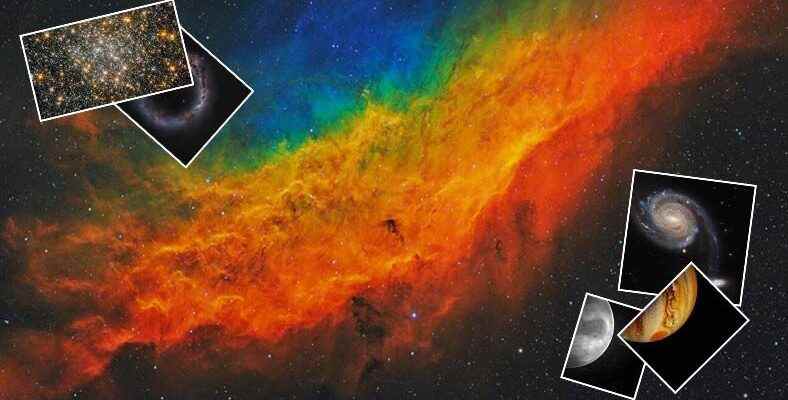Just days before the end of 2021, 20 impressive space photos taken this year have been published. We’ve brought together fascinating photos that will broaden your horizons as you look.
Space is interesting in many ways, but it’s even more exciting when it comes to photography. Today, thanks to the developing technologies, it is not possible to see with the eyes, billions of kilometers away from us. celestial bodies We can see it thanks to space officials or astrophotographers who are interested in space.
Taken by space agencies or photographers in 2021 best photos we brought together. It turns into a feast for our eyes with the colors and forms of celestial bodies. You may want to look at these images over and over again, which include details of planets, natural events or interesting celestial bodies.
Veil Nebula
The image features the Veil Nebula, a favorite subject of astronomy photographers. This nebula is about 10,000 years ago It consists of the remnants of a massive star that exploded.
ESA/Hubble & NASA, Z. Levay
WATER Aur Star
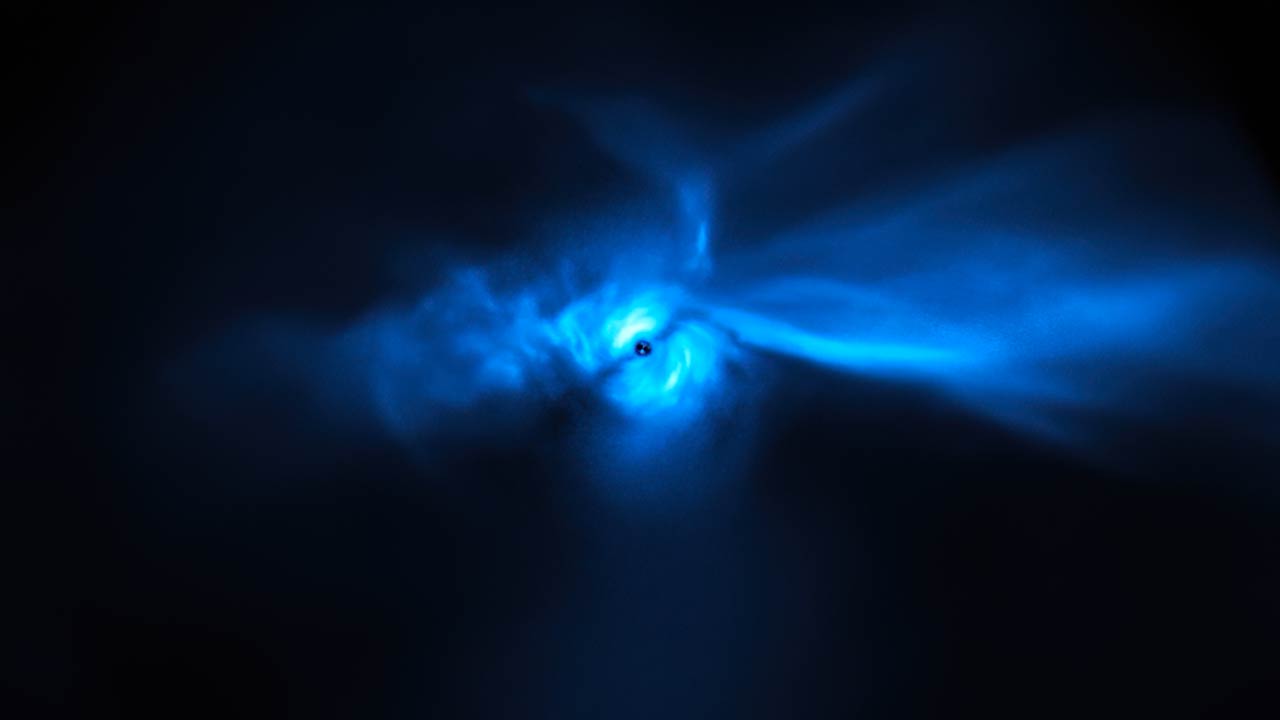
in the image, massive star SU Aur.
ESO/Ginski
Venus
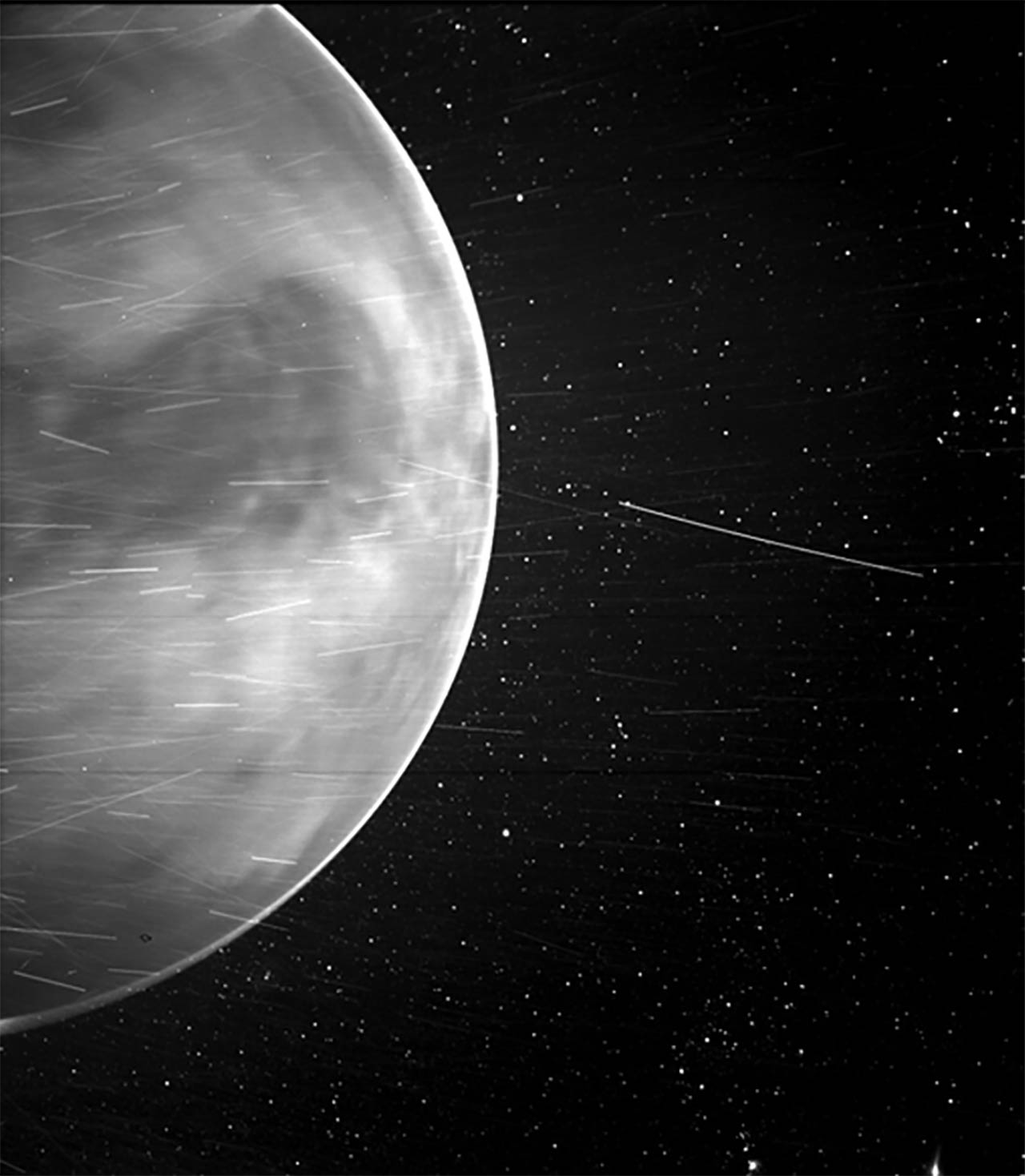
This image; Venus, final close orbit of the Sun Caught entering.
NASA/Johns Hopkins
RELATED NEWS
NASA Shares the Sound of the Solar System’s Largest Satellite: You’ll Feel Like You’re In Space
Palomar 6
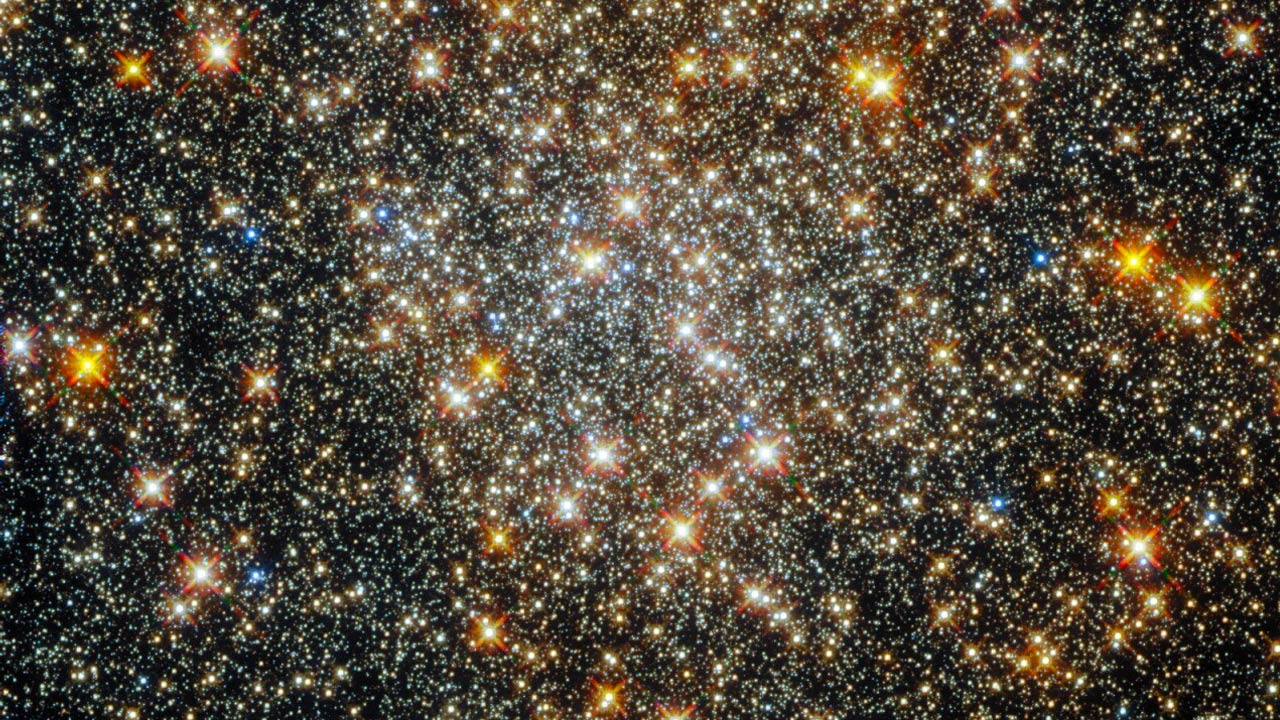
In this photograph Near the center of the Milky Way The globular cluster Palomar 6 is located in a field of stars.
ESA/Hubble, NASA
Milky Way Ring
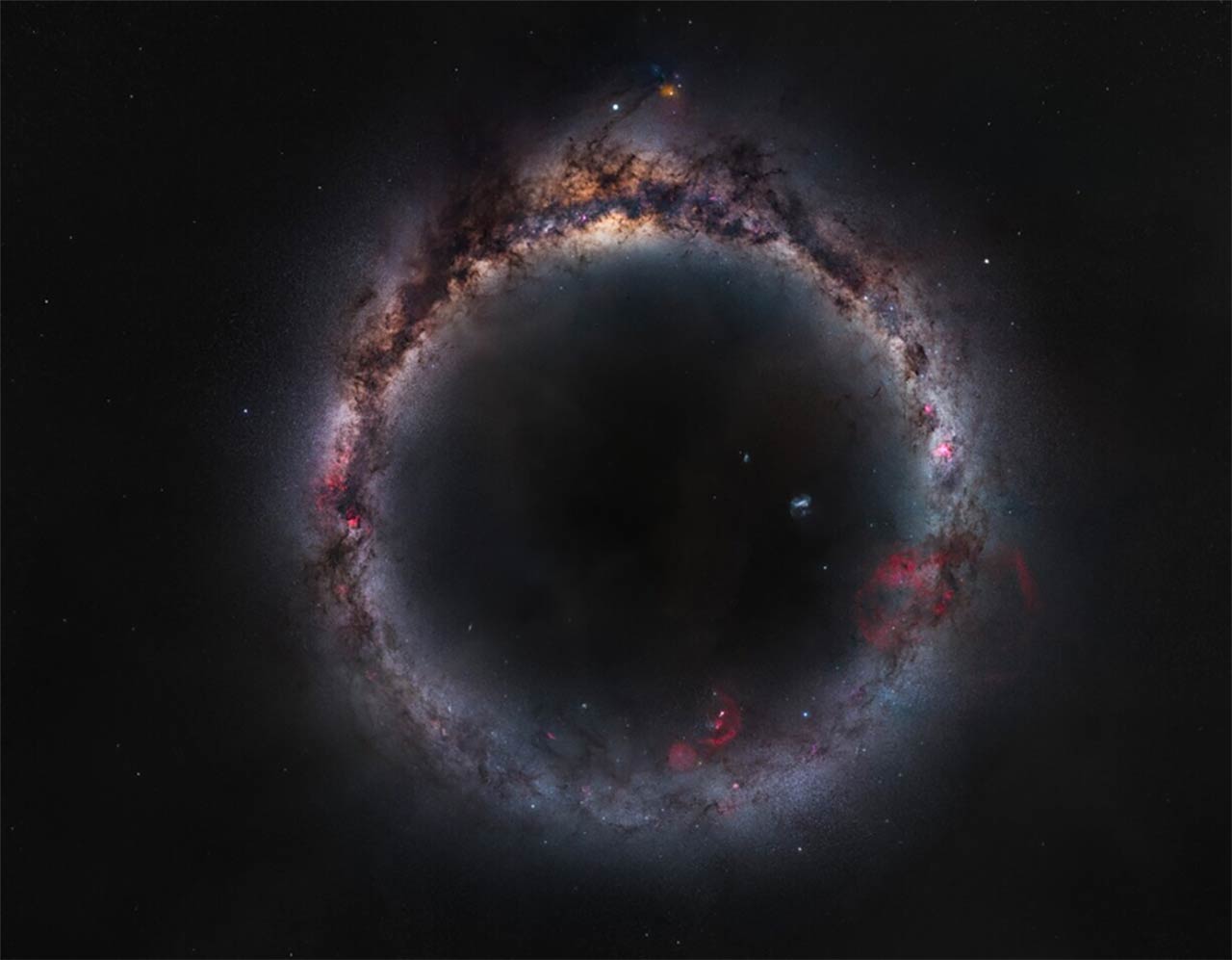
Milky Way Ring This photograph, named Astronomy Photographer of the Year at the 2021 Royal Observatory Greenwich, won the Galaxies category.
Zhong Wu
Perseverance Explorer
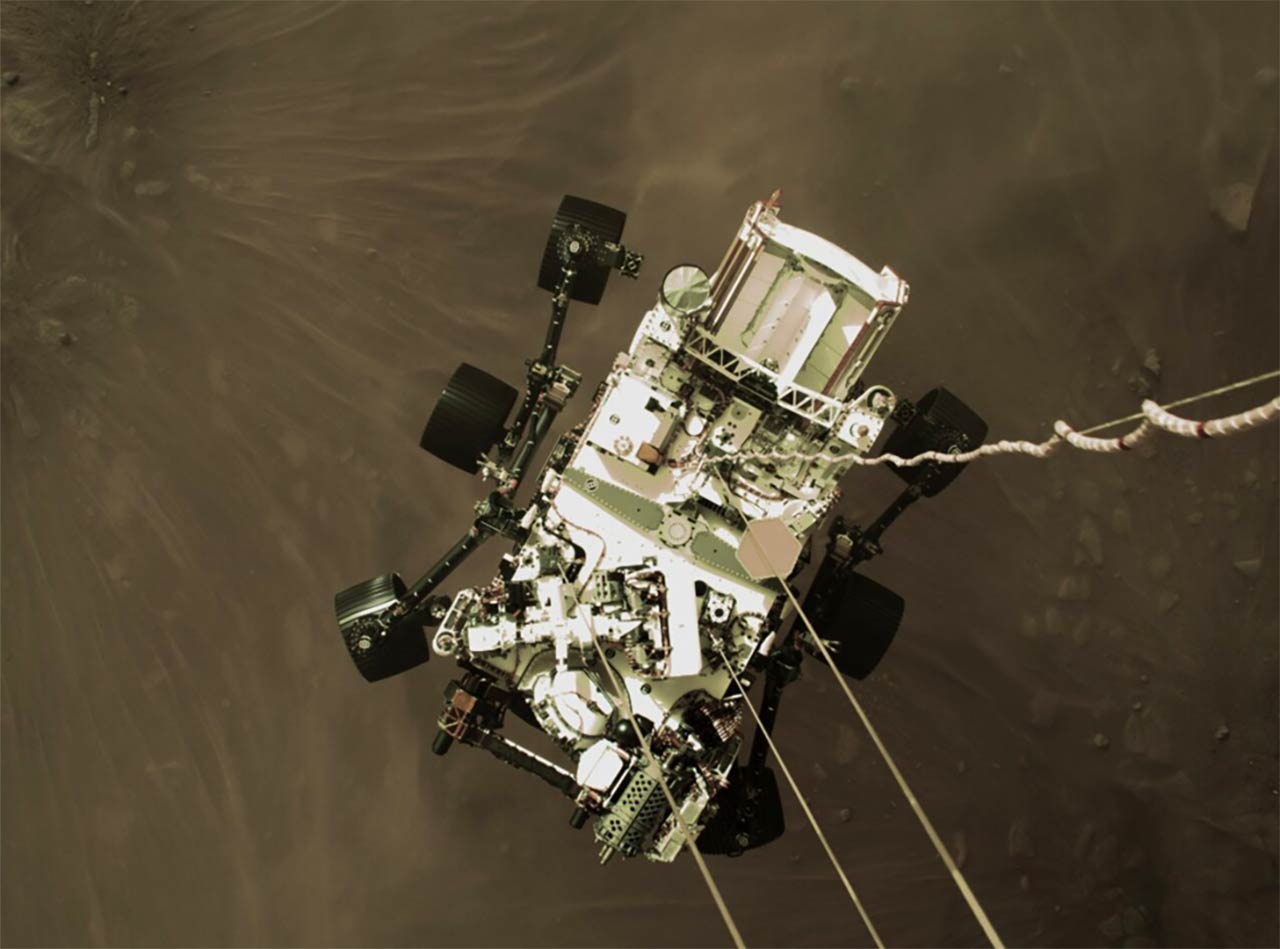
This photo was taken by NASA’s Perseverance rover on Feb. landing on mars taken while he was doing it.
NASA
Small Magellanic Cloud
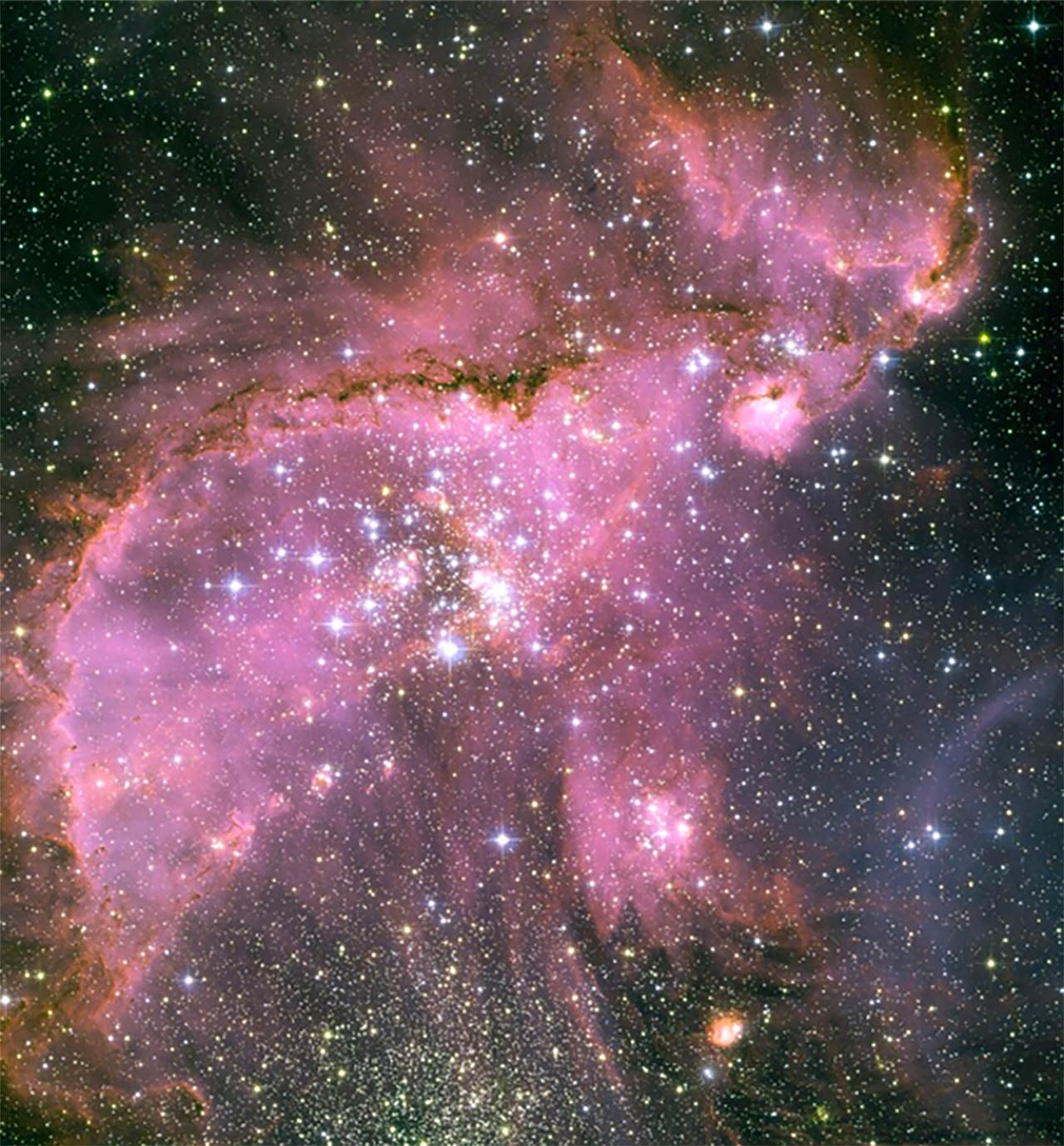
In this photo, a planet orbiting the Milky Way dwarf galaxy The Small Magellanic Cloud is located.
NASA
Black hole
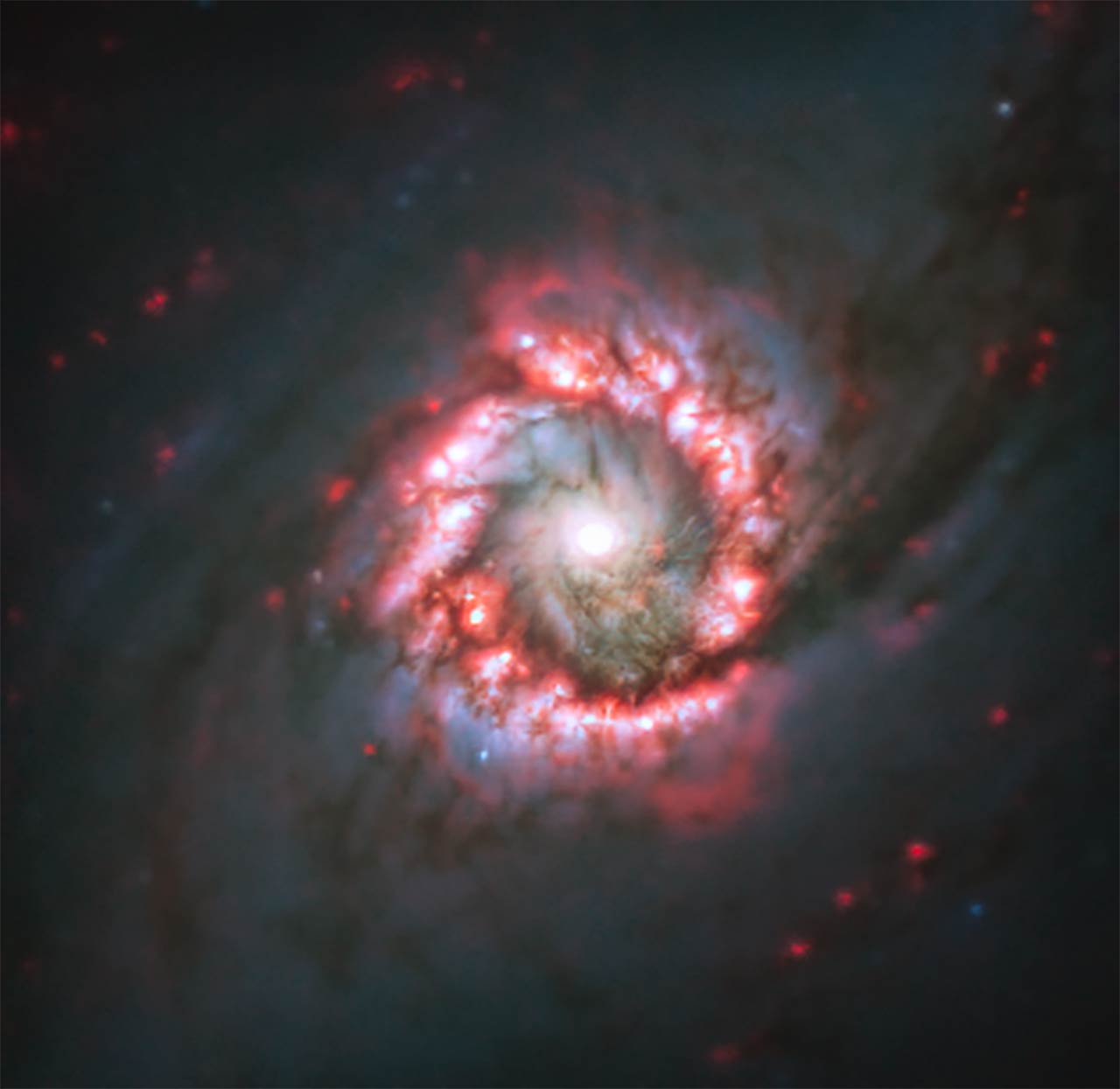
In this photo is a dazzling disk about 5,000 light-years across. bright light in the middle a massive black hole that attracts dust and gas forming.
ESO
RELATED NEWS
Will Bring News from Other Planets: Launch Date of James Webb Space Telescope Announced
Jupiter
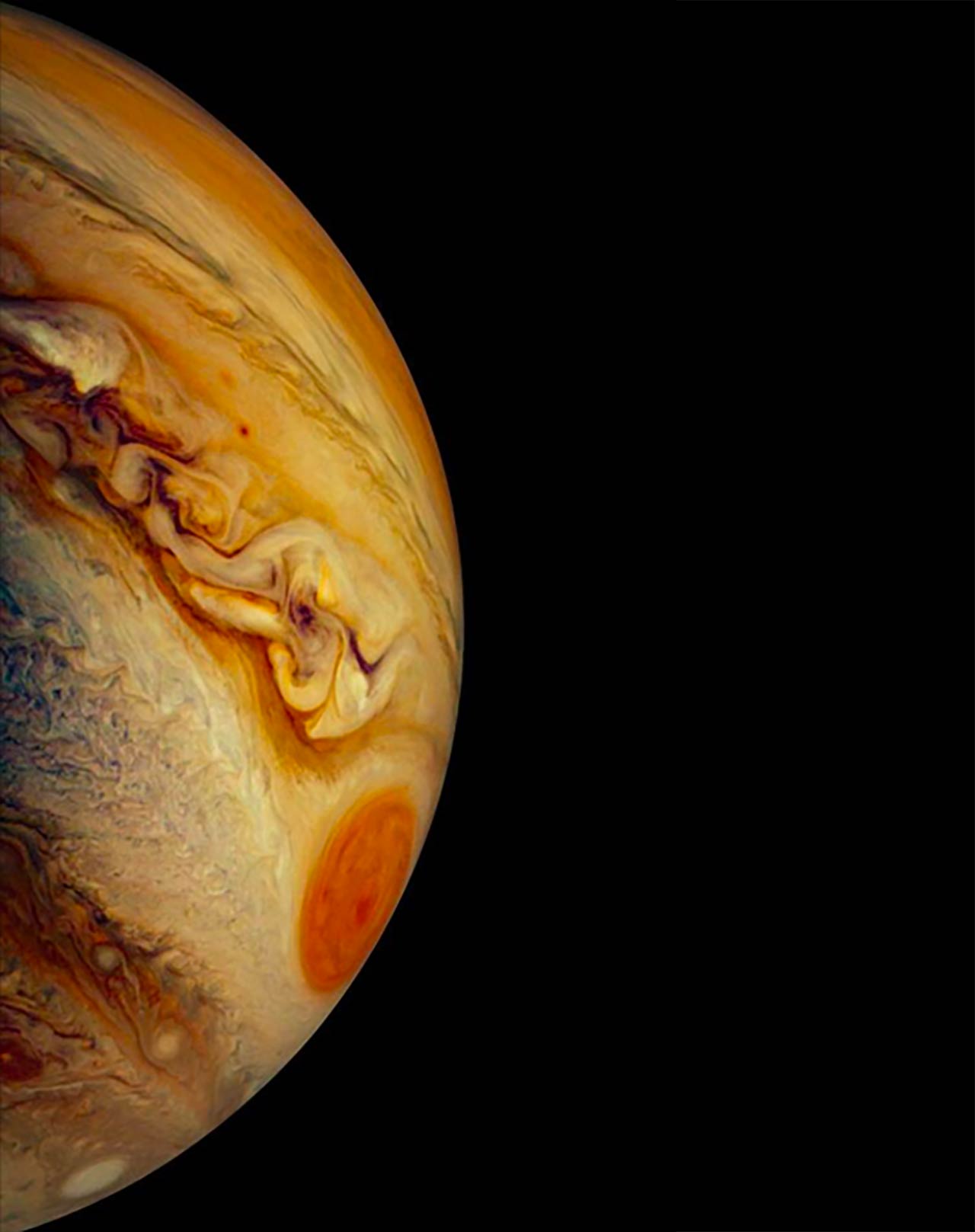
In the image that allows us to see Jupiter closely, in addition to the atmosphere, the centuries-old processes on the planet gigantic storm The Great Red Dot stands out.
NASA
Cat’s Claw Nebula
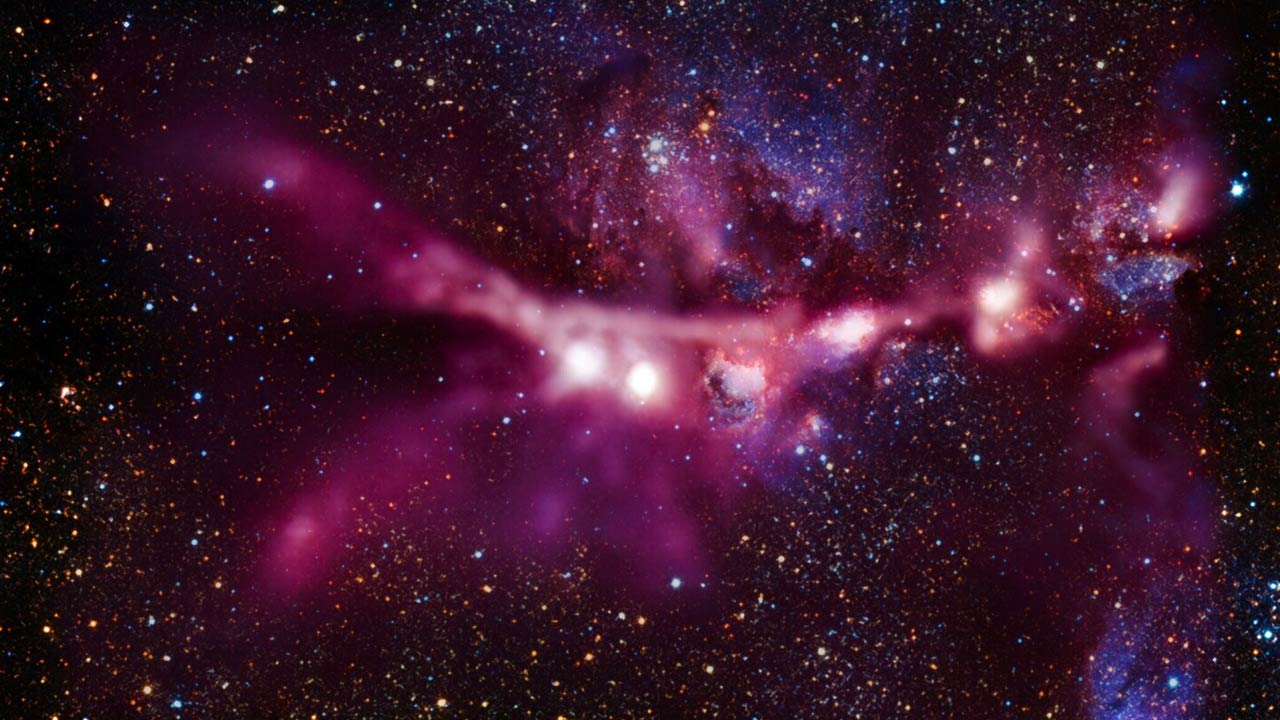
This stunning image was captured by the new imaging instrument mounted on the APEX telescope in Chile. first light image has the feature of being
ESO/J. Emerson
SpaceX’s Spacecraft
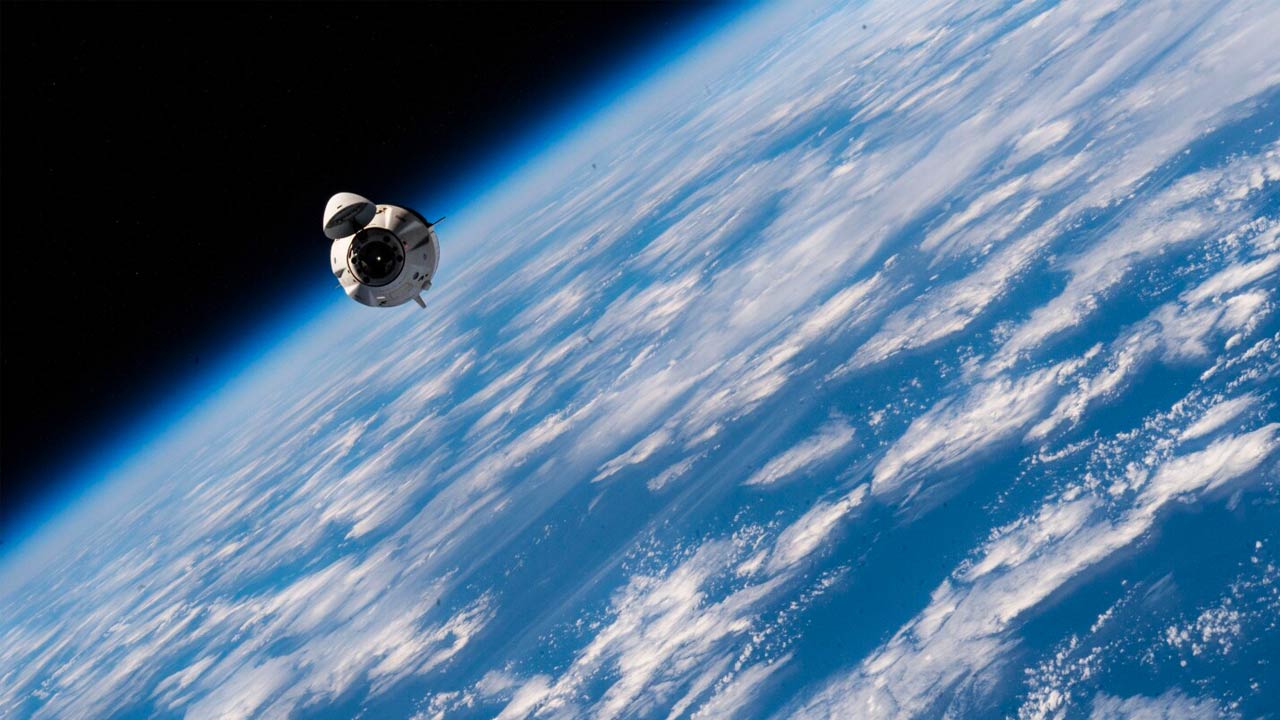
This photo was taken by SpaceX on Nov. Crew Dragon Photographed as his vehicle was leaving the station to return to Earth with the four astronauts.
NASA
California Nebula
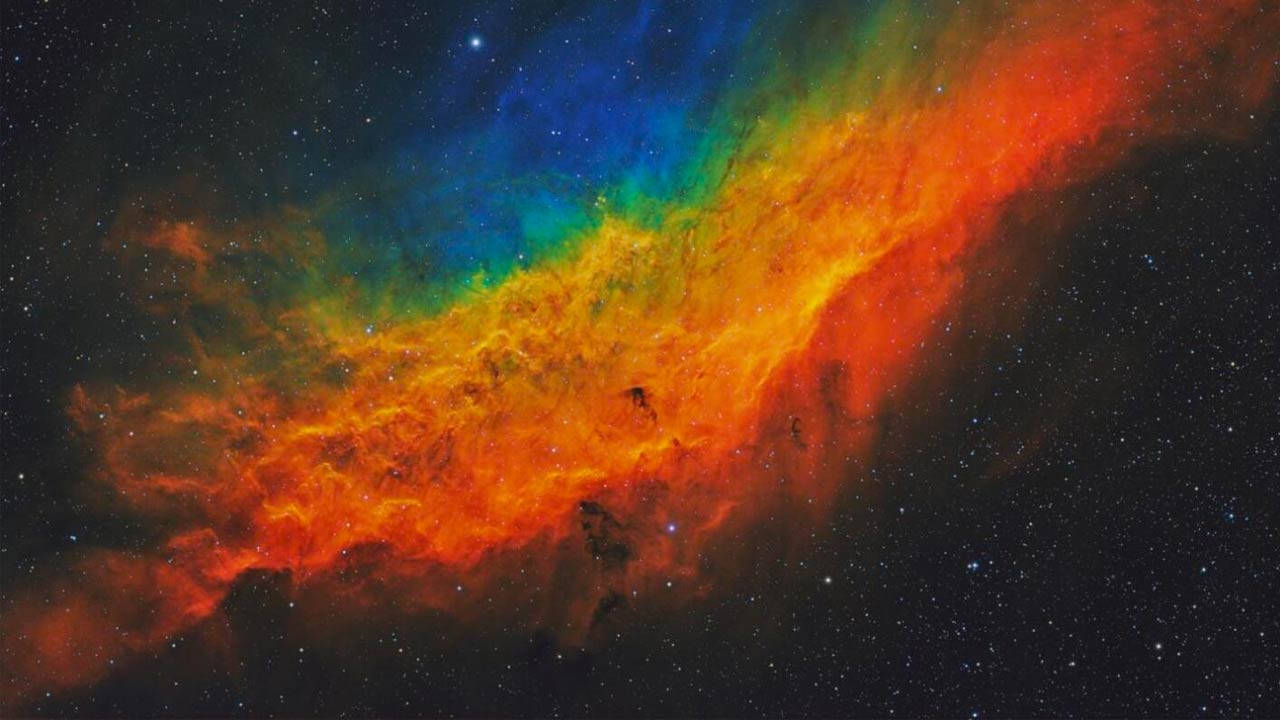
This color-focused photograph was shortlisted in Greenwich’s 2021 Astronomy Photographer of the Year competition.
Terry Hancock
Galaxy Cluster
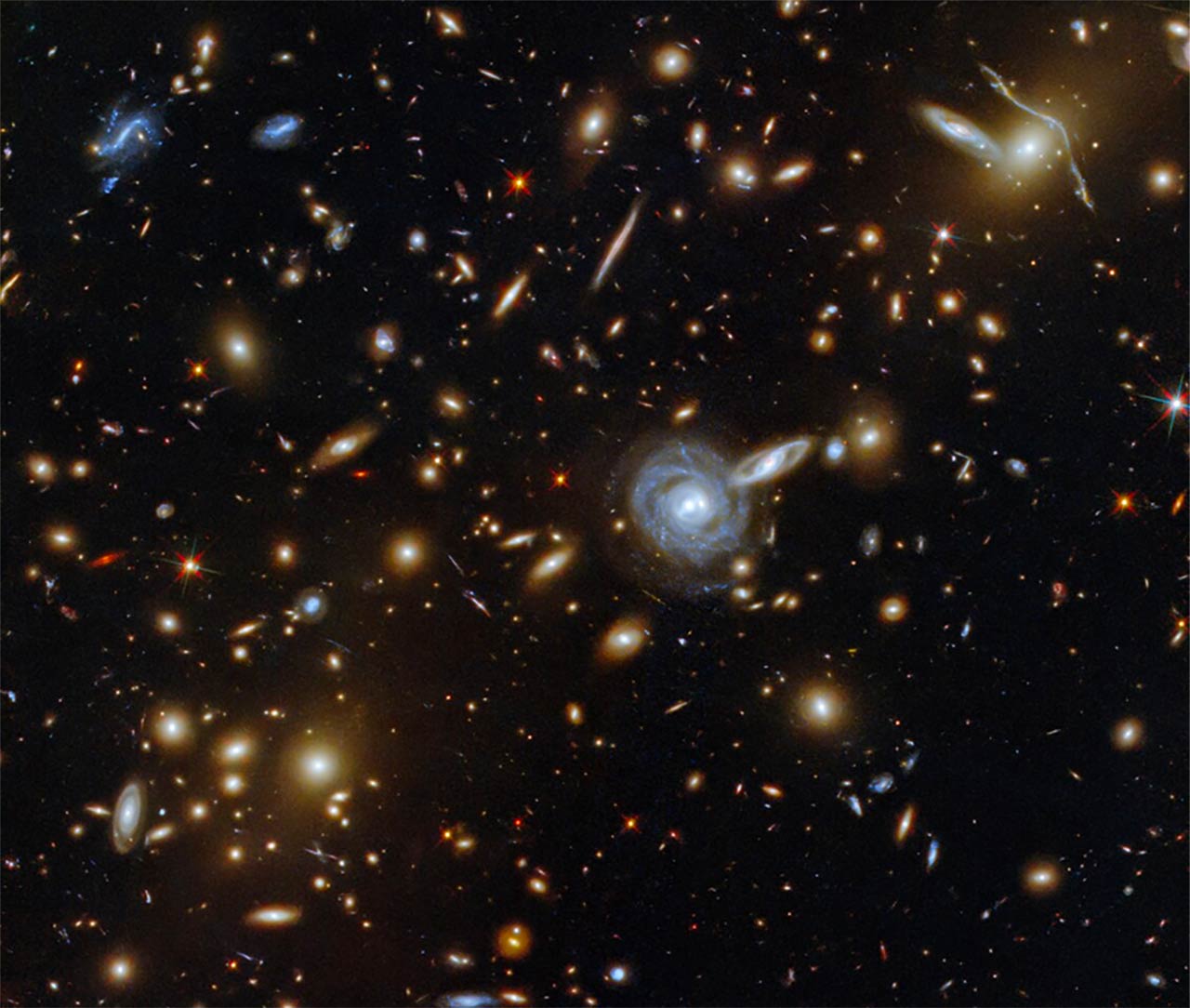
In this stunning image elliptical galaxies, a cluster of galaxies and bands of light are located together.
ESA/Hubble Telescope
M87 Galaxy
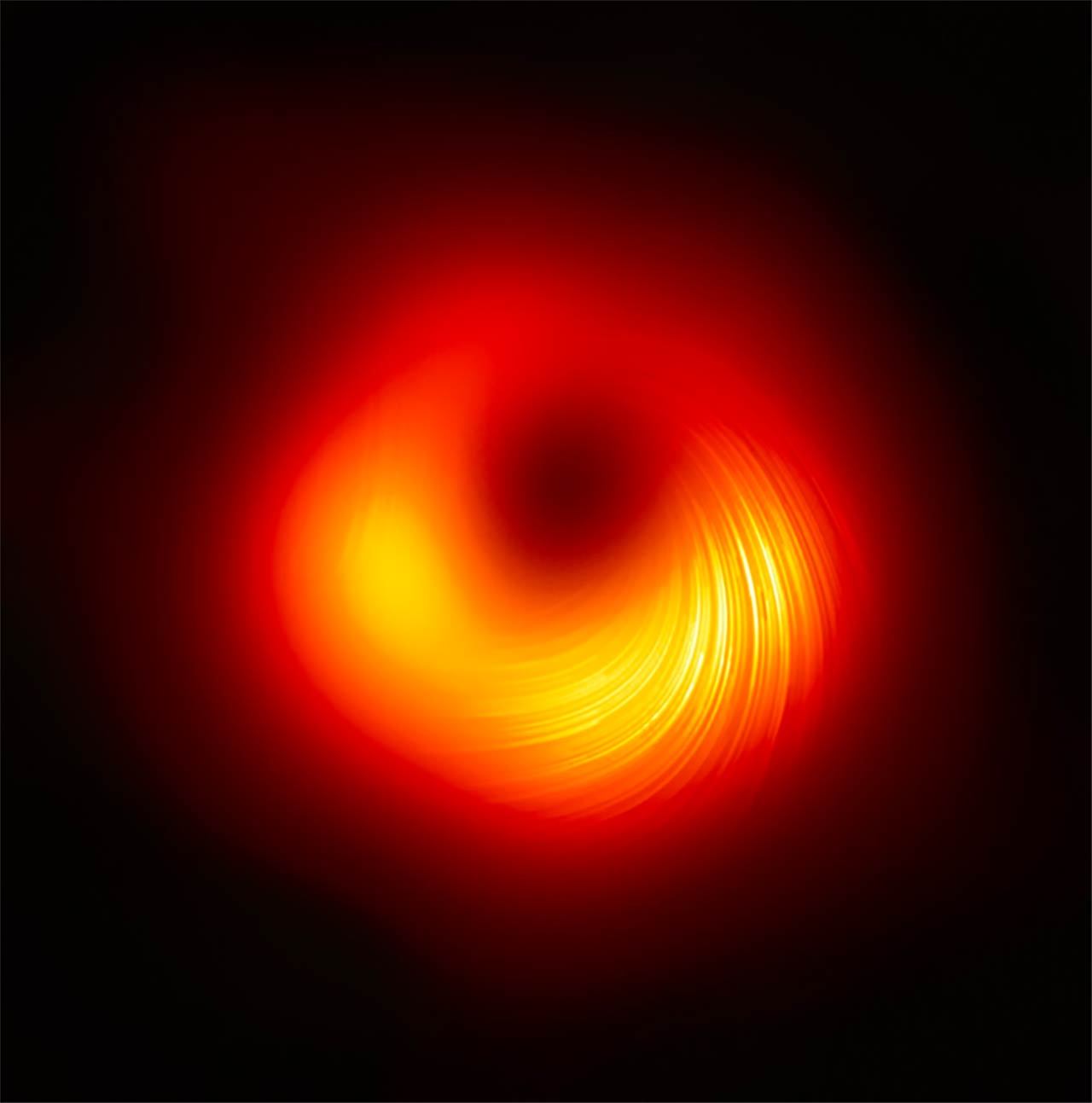
in this image in the heart of the galaxy offers a new look at the supermassive black hole. The image reveals the position of the light.
Event Horizon Telescope
Cassiopeia A
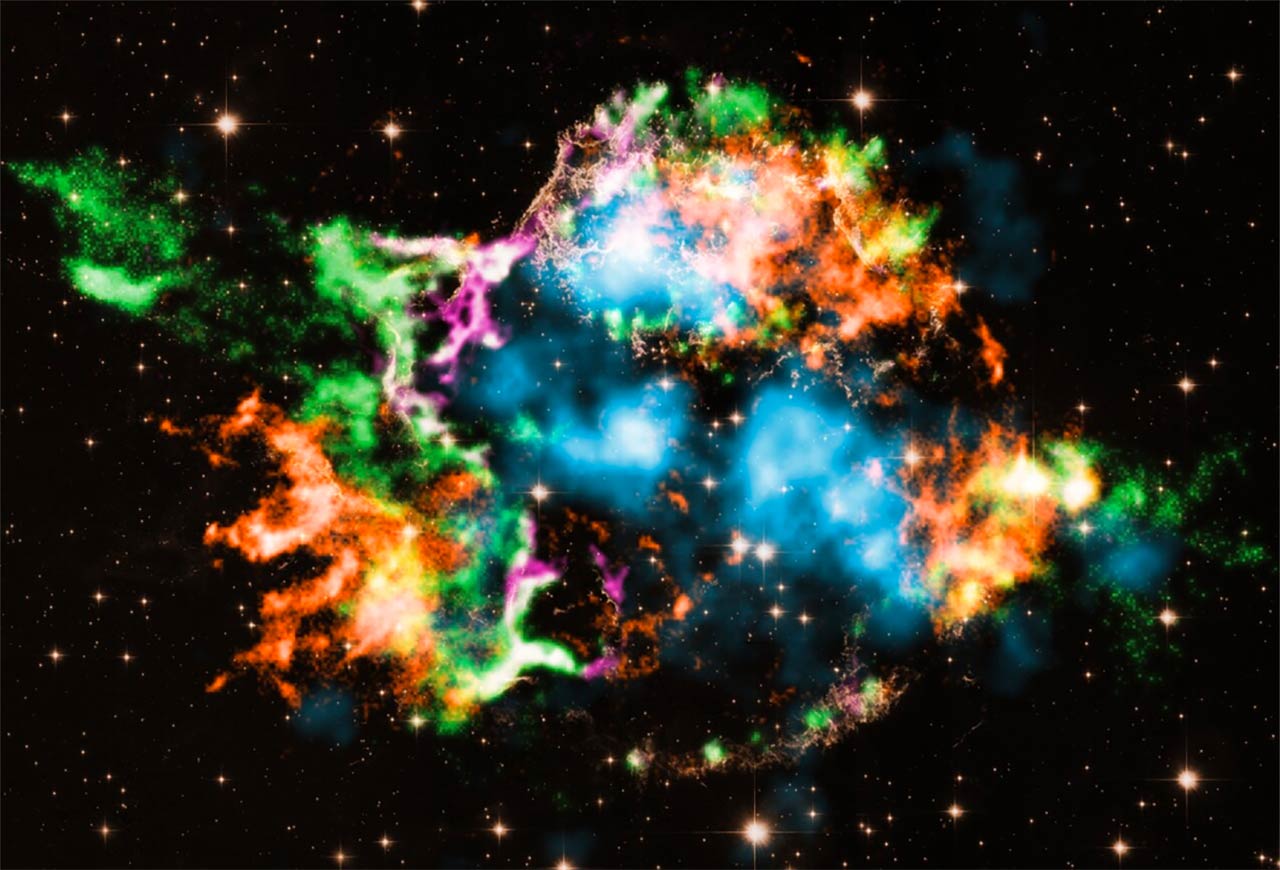
in the image in the supernova remnant orange represents iron, purple represents oxygen, green represents silicon/magnesium and finally blue represents titanium.
NASA/Candra
Harp 86
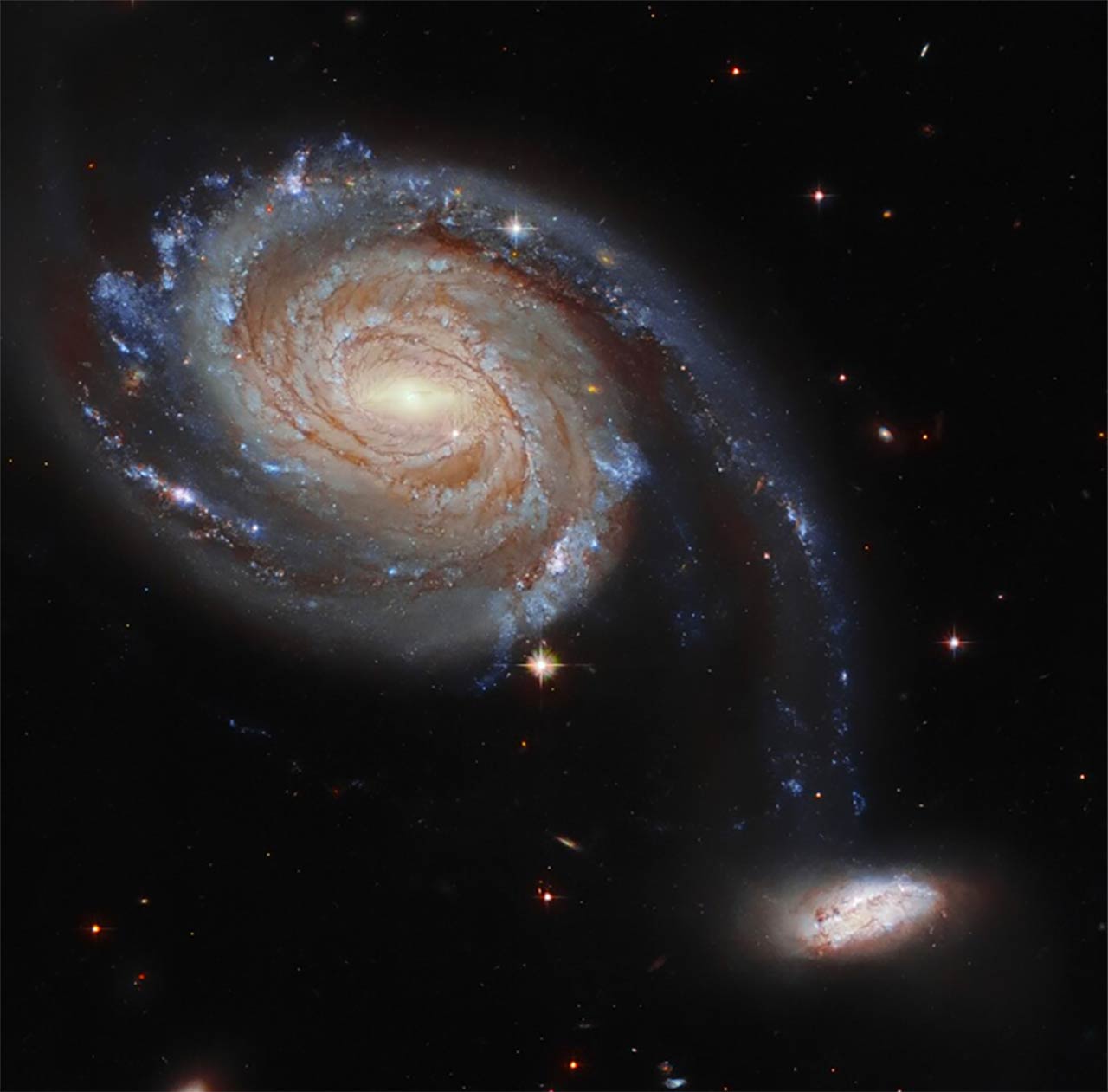
In the photo, approximately from Earth 220 million light years away It contains a pair of galaxies.
ESA/ Hubble Telescope, NASA
Lagoon Nebula
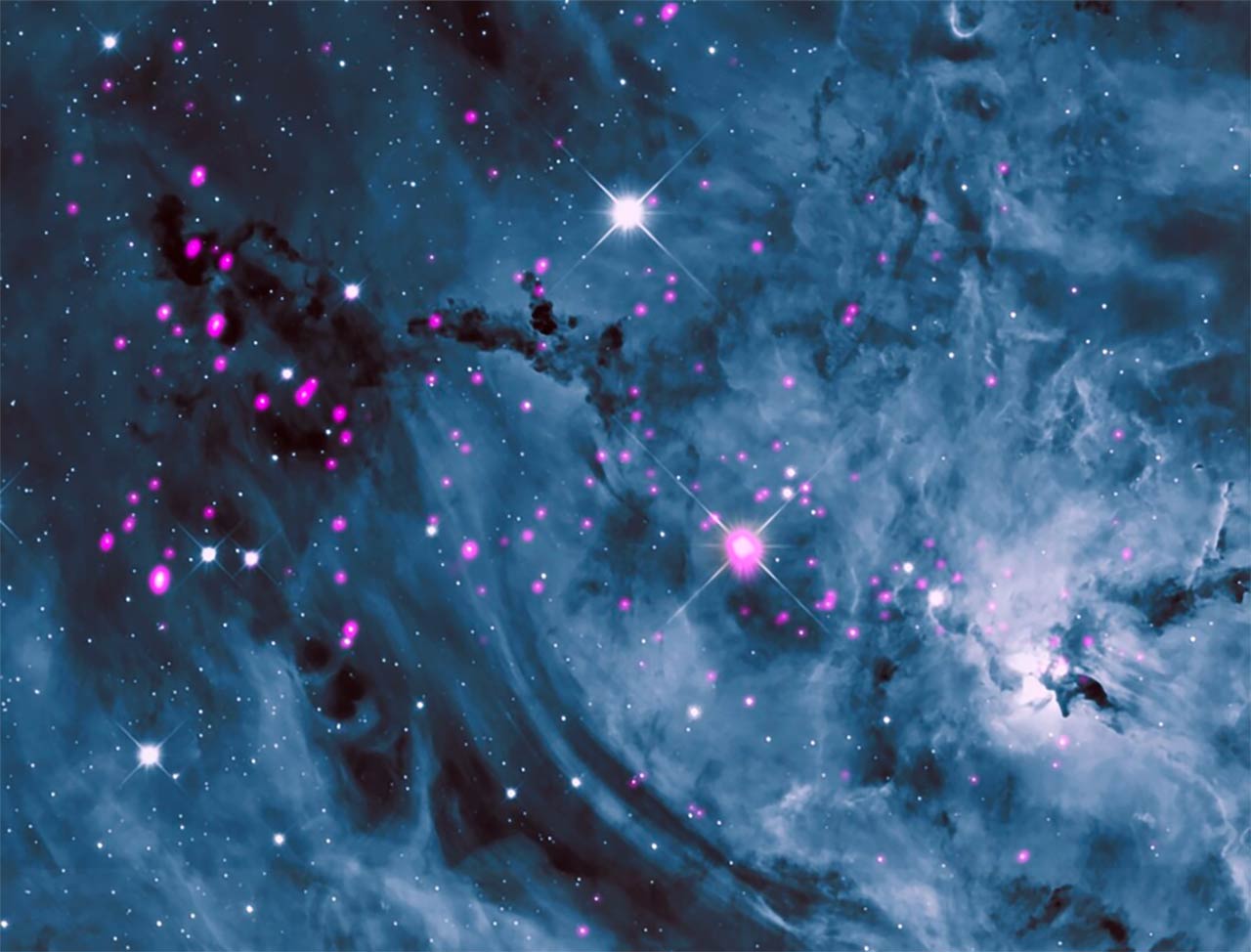
Pictured is a cloud of dust and gas about 4,000 light-years from Earth. The pink dots in the image are derived from X-ray data to make the stars stand out.
NASA, University of Arizona/Adam Block
CW Leonis Star
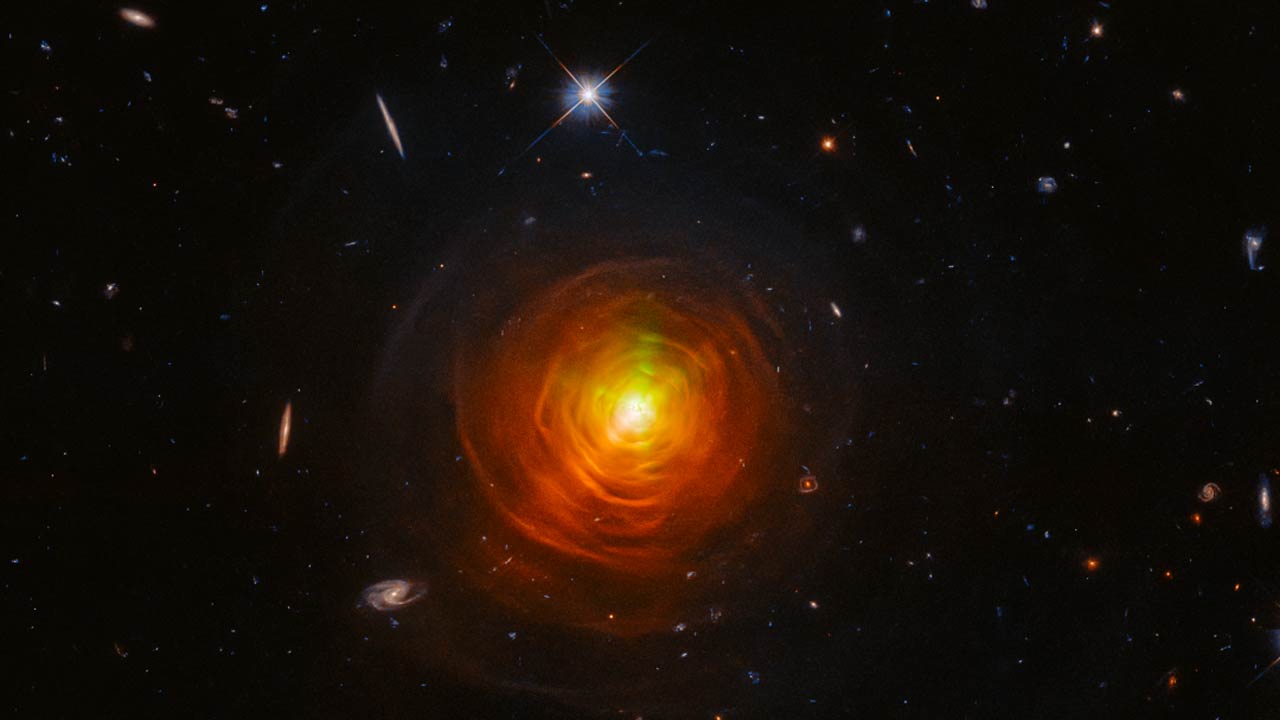
The carbon star in the photo shakes its outer layer, producing an orange and red glow.
ESA/Hubble
RELATED NEWS
First Images from Spacecraft ‘Touching the Sun’: Center of Milky Way Galaxy Seen
Spiral Galaxy
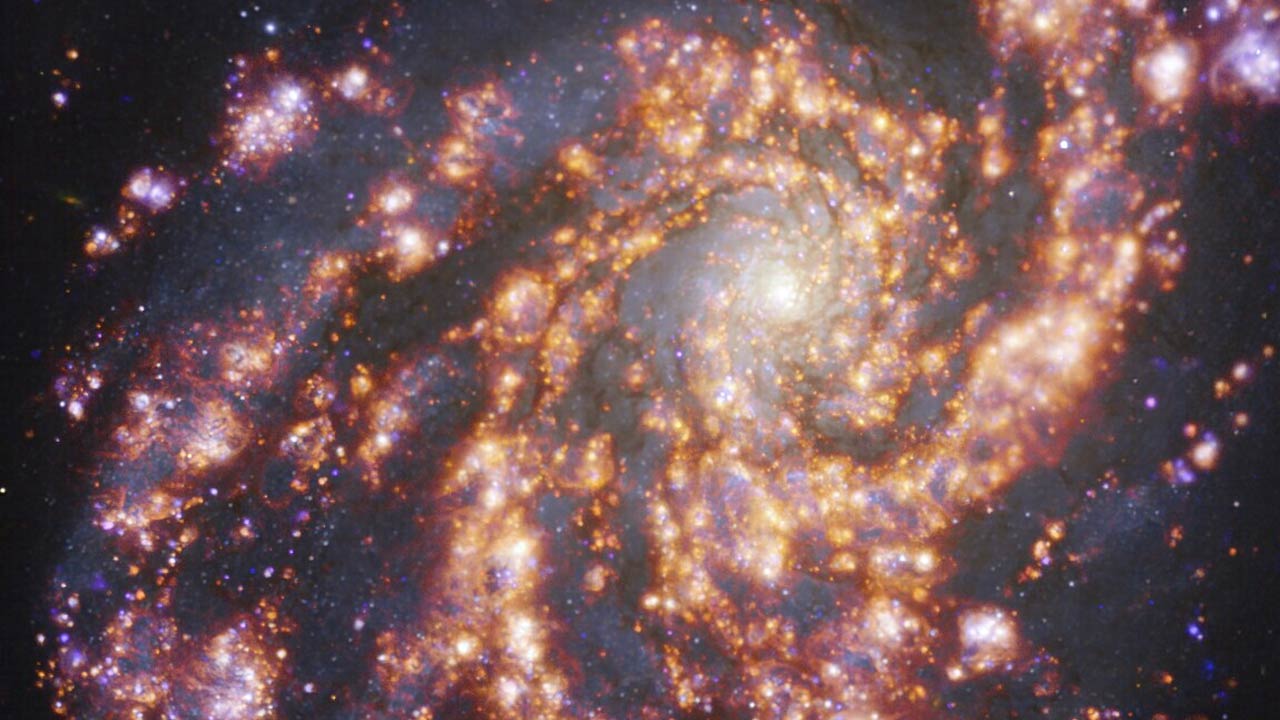
In the image of the galaxy located about 45 million years away, different wavelengths of light combined. In this way, young golden stars and slightly older blue stars were classified.
EPO
Yildiz Maternity Home
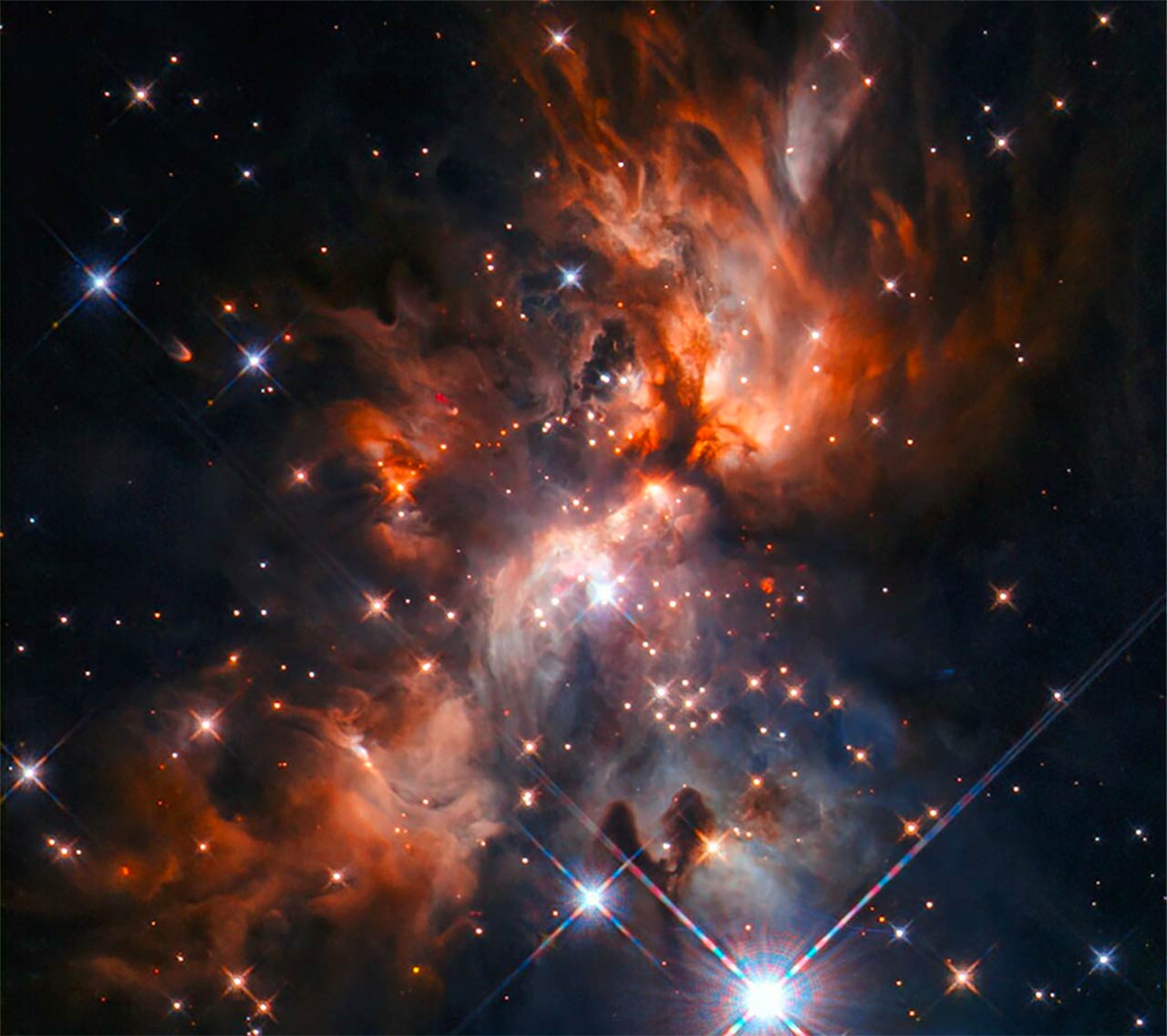
In this photo, it is obtained by combining visible and infrared rays, your hidden stars includes a stellar birth house that allows it to emerge.
ESA/Hubble, NASA
